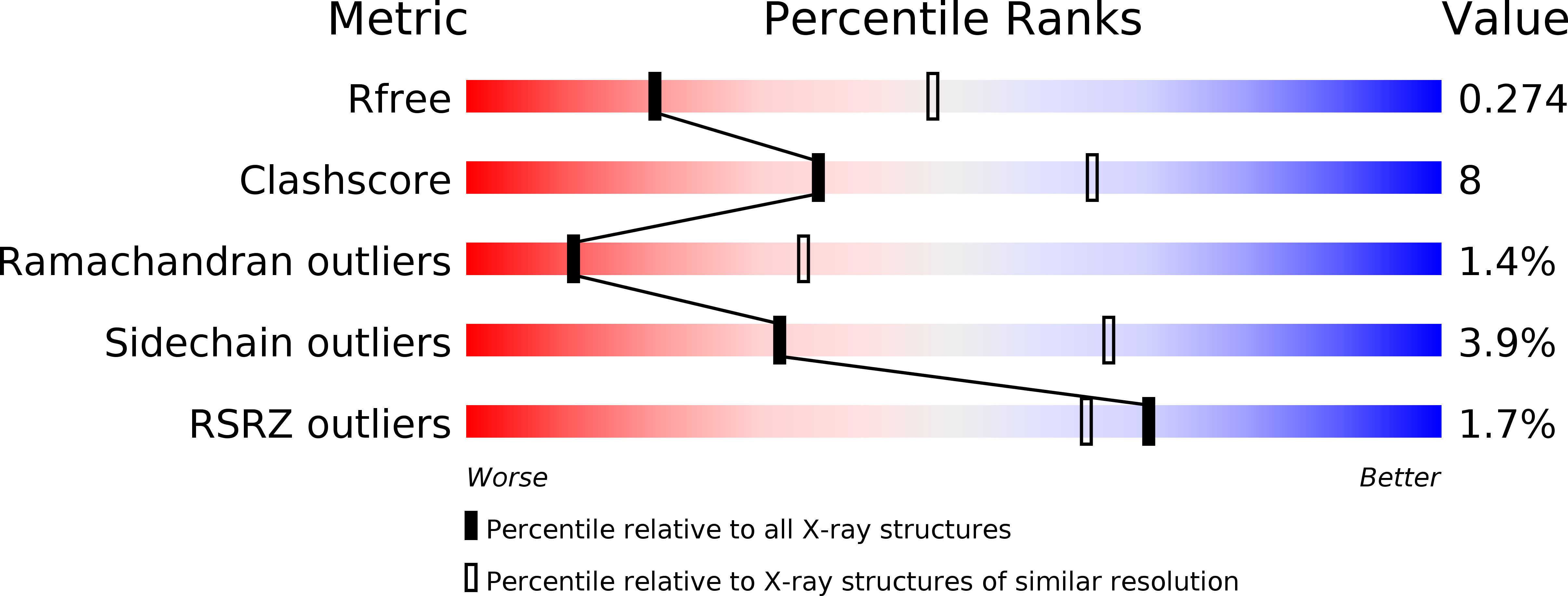
Deposition Date
2013-06-12
Release Date
2013-10-02
Last Version Date
2024-02-28
Method Details:
Experimental Method:
Resolution:
2.79 Å
R-Value Free:
0.28
R-Value Work:
0.22
R-Value Observed:
0.22
Space Group:
C 1 2 1


